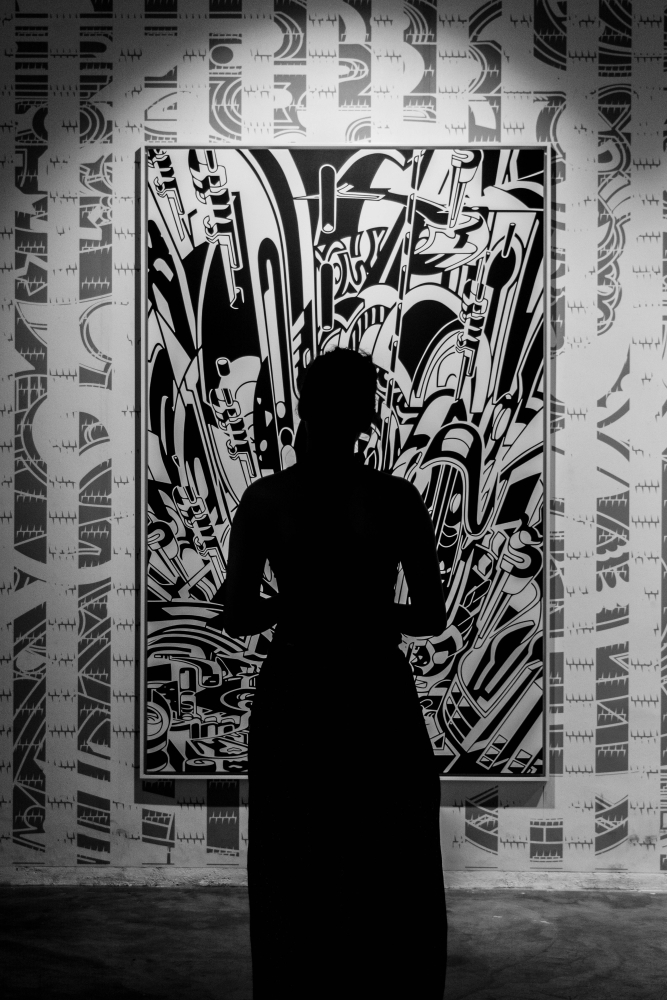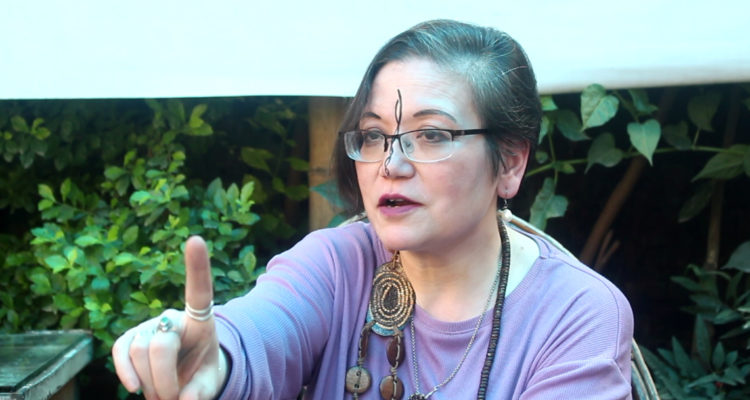Despite being born and raised in an art-friendly environment, Ashmina Ranjit never in her early days thought of being an artist. But today Ranjit has established herself as a conceptual artist. She has always been a strong-minded woman, who wanted to explore the sky. Having spent over three decades in the art field, she has raised women’s issues and portrayed gender politics in her artwork. After seeing women’s portrayal in art from men’s perspective, she felt the need to fill the gap and take art forward from a feminist perspective.
She has been collaborating with many local, regional and global artists through exchange programs to strengthen artworks representing Nepal. She believes artivism (art+activism) will bring out changes in our society that is guided by patriarchy. Ranjit here talked about her art journey, the status of artwork in Nepal and the promotion of artwork, among others. Excerpt:
Tell us about your personal and professional art journey.
I joined an art school to learn the basics of art. I pursued art academically where teachers taught us the needed skills. Then, the ability to imitate art was considered a success but I was always exploring. I realized that art could be my medium of expression. Upon completion of my degree in Bachelor Fine arts, I went to Australia to pursue a Bachelors’ degree in Fine Arts from the University of Tasmania. Later I completed the Master of Fine Arts from Columbia University. During the period, I got many opportunities to witness and learn the arts of different places in the world.

Photo: Pexels/ Tainá Bernard
How can feminist perspective in art encourage progress?
Art lets people view the world from a different angle; it can question one’s existence. When I was engaged in women-related art projects, my teachers and senior artists used to tell me not to include women in art, citing art has no gender. But art is not just about imitating, it is expressing what you feel within. Only women can bring the right perspective, or here feminist perspective, on issues revolving around them. Oherwise, they are seen as objects while being portrayed by people who don’t understand women in art. Art never prescribes a solution and it never will be able to do so, but it gives a platform for artists to express themselves. Women are and can be very powerful in the Nepali art world.
How doable is it to integrate art into an entrepreneurial journey?
There are many who are making their living by working in the art field. Integrating art into an entrepreneurial journey is also a skill; it is doable for business-minded people and is happening around the world. But there should always be a balance between demand, supply, and expression through art to make it work. If imbalanced, art’s definition will be derogated.
What is the status of artwork in Nepal?
It has progressed a lot. Many young artists in Nepal are doing very well financially. But the question is, “Are they content with their work?” You are either creating a discourse or an object. It is possible to take them in a parallel manner, and for that we have introduce different art genres and explore them through feminist perspective. In Nepal, however, artworks that question and do not fulfill popular understanding might not make it to the market. On the contrary to which, they are easily accepted in foreign countries. Art can be viewed as good for consumers. But I feel it is more important that we learn to view it otherwise.
How can we promote art or feminist perspective in art in Nepal?

Photo: Unsplash/ Rishi Deep
Artists get subsidies in other countries and this helps them stay focused on their creations. In the context of Nepal, art and artists have not received any support from the state. For its promotion, the state should support the Nepali art field and do it in feminist perspective. Many artists of Nepal have made individual contributions to the position the Nepali art field has secured till now. It will make a vast difference if it receives support from the government. But you should also be able to think beyond it.
What are your future plans?
I have traveled to many places and showcased my work to fellow artists, people in foreign lands. They praised my work but they always used to question if art like that and artists like me really existed in Nepal. Their remarks regarding the concept of Nepal has always pinched me hard. I consider art my life and my future goals will revolve around the development of individual strength that exists in Nepal into collective strength.


Leave a Reply
You must be logged in to post a comment.